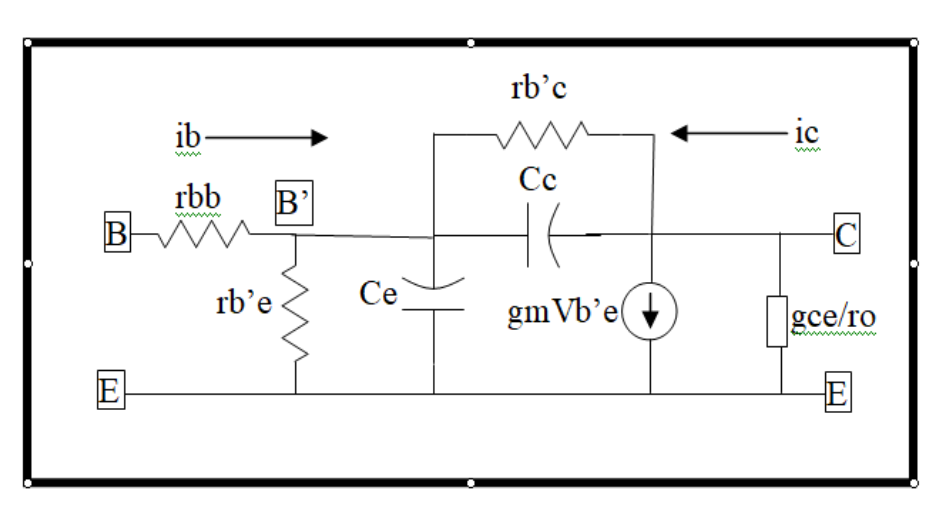Colpitt’s oscillator is a popular oscillator circuit which is constructed from an inductor, two capacitors, some resistors, and an active device such as a bipolar or a MOSFET, and generally some trial and error !!! Of particular difficulty is the calculation a priori, of the output voltage of the oscillator. However, a technique using the describing function of a bipolar ( or MOSFET or JFET, IGFET etc) makes it possible to calculate the output voltage to a close estimate. ( Perhaps some optimizing needs to be done). For the uninitiated here is a simple definition of a describing function. Assume you have a non linear device which you would need to analyze, using linear tools. How would you do it? In the time domain it is definitely non linear but if you switch to the frequency domain linear analysis tools can be applied. How? Hit the non linear system with a sinusoid of a particular amplitude and frequency. Since the system is non linear it will generate, at its output, a number of sinusoids. Lets pick the output sinusoid that matches our input frequency and all its associated characteristics ( phase etc). This becomes a describing function. Ignore the rest of the outputs. Then linear analysis tools can be applied to this describing function and results obtained. Please visit our website for more technical info and other information.


